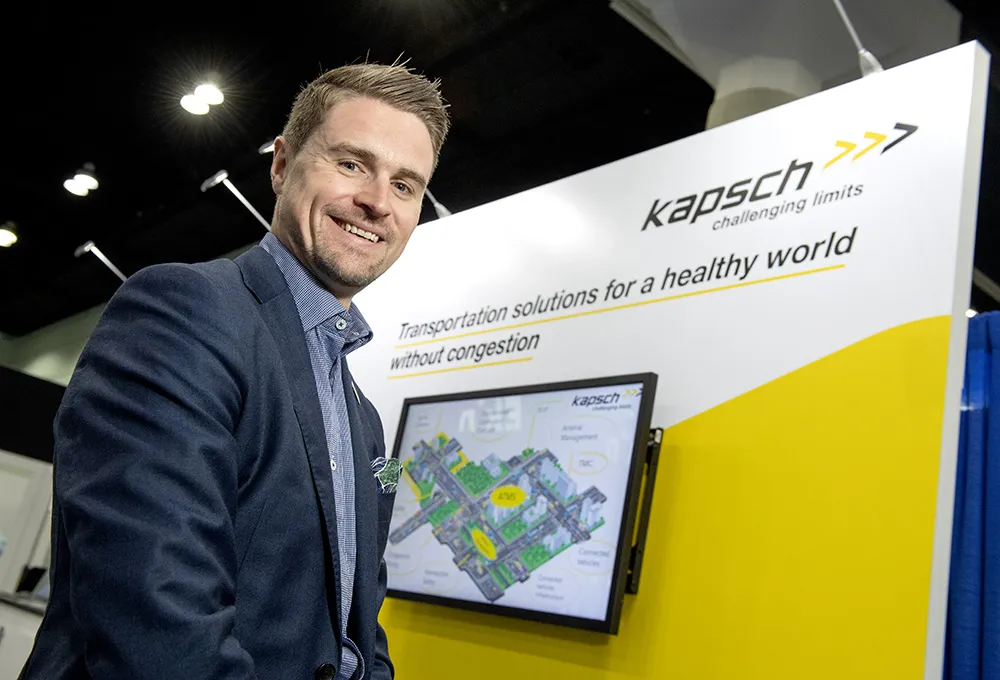The San Diego Integrated Corridor Management (ICM) pioneer site, which has been in operation for over a year, has been awarded the Operational Efficiency Program of the Year at the 25th Annual California Transportation Foundation (CTF) Transportation Awards.
The San Diego ICM deploys an innovative system designed to coordinate and optimise all available infrastructure, routes and modes. As part of the USDOT’s larger initiative for reducing congestion in metropolitan areas, Sandag is leading the I-15 dem
May 27, 2014
Read time: 2 mins
The San Diego Integrated Corridor Management (ICM) pioneer site, which has been in operation for over a year, has been awarded the Operational Efficiency Program of the Year at the 25th Annual California Transportation Foundation (CTF) Transportation Awards.
The San Diego ICM deploys an innovative system designed to coordinate and optimise all available infrastructure, routes and modes. As part of the USDOT’s larger initiative for reducing congestion in metropolitan areas, Sandag is leading the I-15 demonstrator with285 Delcan Corporation as systems integrator and TSS 2195 Transport Simulation Systems as its subcontractor.
Focusing on a 20-mile stretch of Interstate 15 between San Diego and Escondido, the project’s decision support system (DSS) integrates two tools: Delcan’s Intelligent NETworks automatic traffic management system for field device monitoring and control, centre-to-centre data fusion, event management and response plan generation; and TSS’s Aimsun Online for real-time traffic prediction and simulation-based evaluation of incident response or congestion management strategies.
Rather than reacting to traffic conditions, the DSS allows managers to anticipate problems before they arise and take preventative action using ICM strategies such as responsive traffic light synchronisation, coordinated ramp metering or bus priority on arterials.
The San Diego ICM deploys an innovative system designed to coordinate and optimise all available infrastructure, routes and modes. As part of the USDOT’s larger initiative for reducing congestion in metropolitan areas, Sandag is leading the I-15 demonstrator with
Focusing on a 20-mile stretch of Interstate 15 between San Diego and Escondido, the project’s decision support system (DSS) integrates two tools: Delcan’s Intelligent NETworks automatic traffic management system for field device monitoring and control, centre-to-centre data fusion, event management and response plan generation; and TSS’s Aimsun Online for real-time traffic prediction and simulation-based evaluation of incident response or congestion management strategies.
Rather than reacting to traffic conditions, the DSS allows managers to anticipate problems before they arise and take preventative action using ICM strategies such as responsive traffic light synchronisation, coordinated ramp metering or bus priority on arterials.









